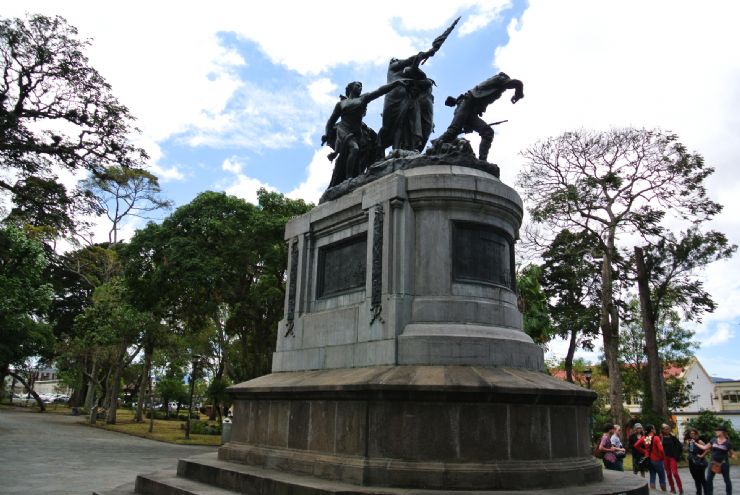
National Monument to war against Filibusteros of Nicaragua
Every traveler loves the beaches in Costa Rica, but there’s so much more to this country than just the tropical climate, sun and eco-tourism. If you ask me, Costa Rica is built on its unique and “spicy” culture, which is influenced by all kinds of people: Spanish explorers and settlers, Mesoamerican and Andean cultures to the north and south of the country and Mexico.
Before the Spanish explorers colonized Costa Rica, the indigenous people were a strong and resourceful group of hunter-gatherers. Archaeological evidence actually traces settlements as far back as 10,000 BC! Humans in this era were nomadic, but family-oriented. Stone tools and spearheads have been found, which suggests that two different cultures may have lived in Costa Rica, but they were able to co-exist.
The Guanacaste Province has several archaeological sites from a period of 300 BC to 300 AD. Cities, called chiefdoms, were the most successful communities, largely due to advances in agriculture and social hierarchies. Archaeologists have found evidence of stone artisanship and goldsmithing in this pre-Columbian society, as well, which tells you that our people’s love of beauty and art goes back a long way in history.
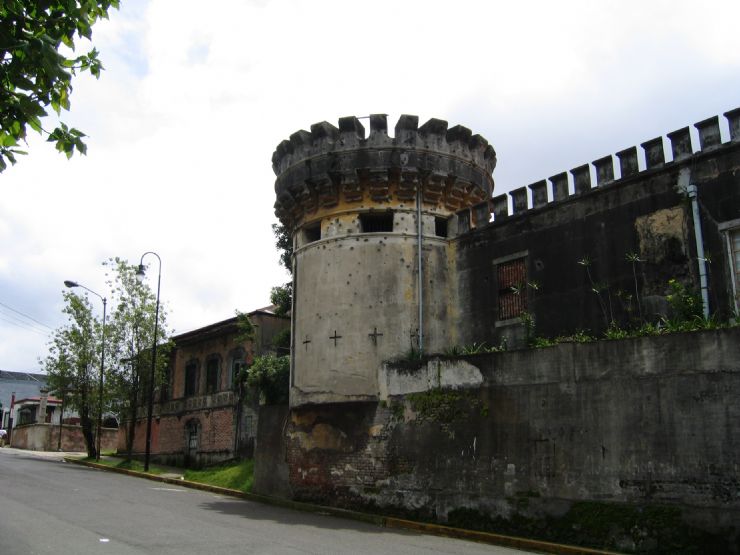
Bullet Riddled National Museum in San Jose
The Arrival of Spanish Explorers
Christopher Columbus was the first Spanish explorer to reach the eastern shores of Costa Rica. It was his fourth and final voyage in 1502. I often wonder what he thought about the country. Many other explorers followed, but the first Spanish colony would not be founded until 1524. Spain colonized Costa Rica as a province of Mexico, but at the time it was called the Viceroyalty of New Spain.
The capital was in Guatemala, but Costa Rica was so far away that it was mostly overlooked. Spain prohibited Ticos from trading with the country to the south, Panama. Even though many Ticos were artisans in gold and silver, Costa Rica did not have many natural resources. A lack of indigenous peoples also meant that colonial settlers had to work the land themselves. This meant that the large haciendas that were being built in Mexico were not established in Costa Rica. It was an isolated country that had a peasant economy, rather than on built on slave or indigenous labor.
7 Days / 6 Nights
Starting at $779 per person
Ticos lived under Spanish rule for over 200 years, which really influenced modern Costa Rica. But, because the country was left on its own, it didn’t lose the culture of the past from its Mesoamerican history. Much of the Costa Rica culture remained pure and strong -- but the lack of infrastructure would plague the country in the years to come.
In 1821, Spain relinquished control of New Spain, but Costa Rica wasn’t truly free until it gained full independence in 1838. The coffee-growing areas in the Central Valley had no way to get their wares to Europe. European ships had to sail around Cape Horn to reach the port of Puntarenas, which was the only access to the ocean open to coffee growers.
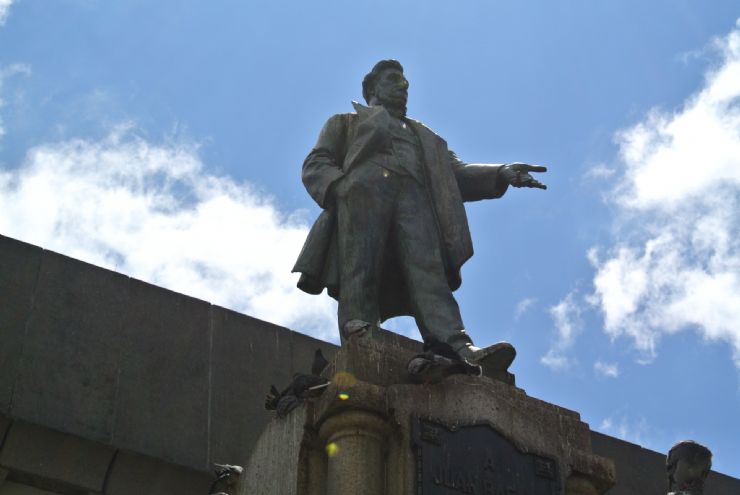
Ex president Juan Rafael Mora Porras
A History of Peace and Strength
Although there were some periods of unrest during the 19th century, for the most part, Costa Rica avoided a lot of violence that occurred in other Central American countries. Since Costa Rica independence, it has mostly operated as a democracy. The bloodiest event in its history was a 44-day civil war following a disputed presidential election. Over 2,000 people died, but the country was able to rebound by drafting a new constitution and abolishing the military. Since 1953, Costa Rica has operated without a standing army.
In 1978, the economy of Costa Rica dramatically changed. Coffee prices dropped, which meant revenues declined. It caused a severe economic crisis in the country which was exacerbated by the high price oil the following year. Costa Rica imports most of its oil, so when the price increased, the country was plunged into crisis mode. The president at the time tried to improve the economy by borrowing money, leaving the government with a large debt that would take years to overcome.
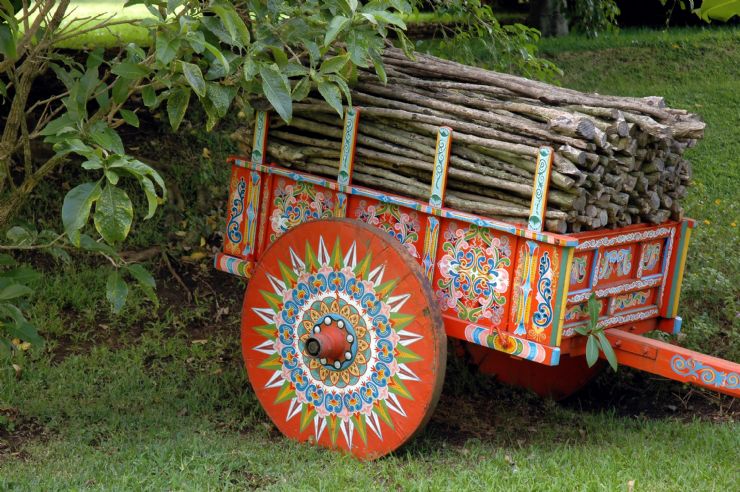
Ox Cart or Carreta in Siquirres
Costa Rica Culture
Today, Costa Rica is the most stable country in the region. The workforce is highly educate, and many Ticos speak English, even though the official language is Spanish. Although agriculture is still a major economic indicator, eco-tourism is definitely the major revenue generator. It is considered the greenest country in the world. In 2016, over 98 percent of its energy was generated from green sources, such as solar, geothermal and hydro.
Pura vida has been adopted by the Ticos as a motto and way of life. Strictly translated, it means “pure life,” but connotationally, it can mean “full of life,” “real living” or a perspective on life that is carefree and optimistic. You may hear Ticos use it as a greeting or farewell, much like the Hawaiians use “aloha,” or the Jewish “shalom.“
If you want to hear Costa Rican folk music, you’ve got to visit Guanacaste. Many pre-Columbian styles are popular in this area, as are some of the native and ancient instruments. Costa Rica has its own calypso style of music, which might be inspired by the music of Trinidad, but it’s taken on its own sound. Costa Rica may not be a major musical influence on the world as a whole, but it does have some unique genres, like chiqui-chiqui, a mixture of Latin rhythms with an Afro-pop influence.
Dance is an important part of the culture. Again, Guanacaste is the province that is home to many folk dances. Kids start learning traditional dances very early. On national holidays, it’s common to find locals dancing in the street.
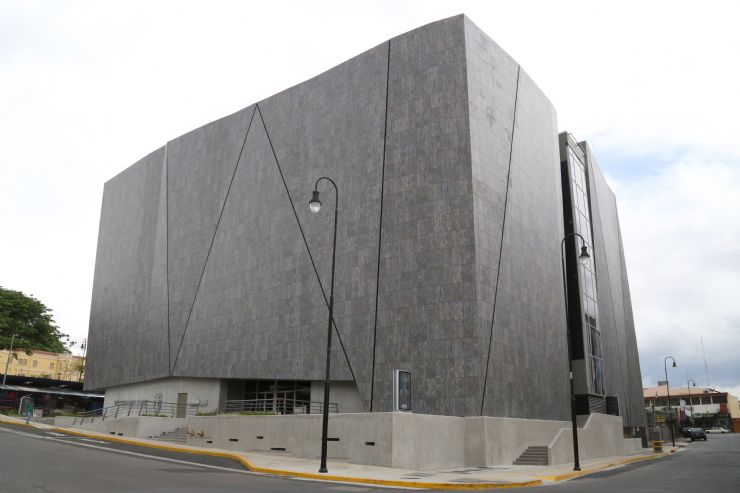
Beautiful Jade Museum in San José
Museums Exploring Culture and Nature
Although Costa Rica is known for its national parks, you’ll find lots of museums to enjoy if the weather isn’t cooperating for a day on the beach. The Bugs Museum at the Costa Rica University in San José has a display of a hand-sized Costa Rican Tarantula. I’m told it’s a giant, gentle beast, but I’ll take their word for it. My favorite display features the butterflies and moths.
To explore Costa Rica history, visit the Jade Museum "Marco Fidel Tristán Castro" in San José. It features incredible pre-Columbian artifacts, such as stone tablets, figurines and jade pendants. The Museo del Oro Precolombino, also in San José, has more than 1,600 gold artifacts dating to 500 AD. It’s an expensive collection of figurines that demonstrate the history of Costa Rica.
Visit Costa Rica, not only to enjoy the sand and sea, but to experience a unique and beautiful culture built by a strong people with a history of passion for freedom, peace and equality.

